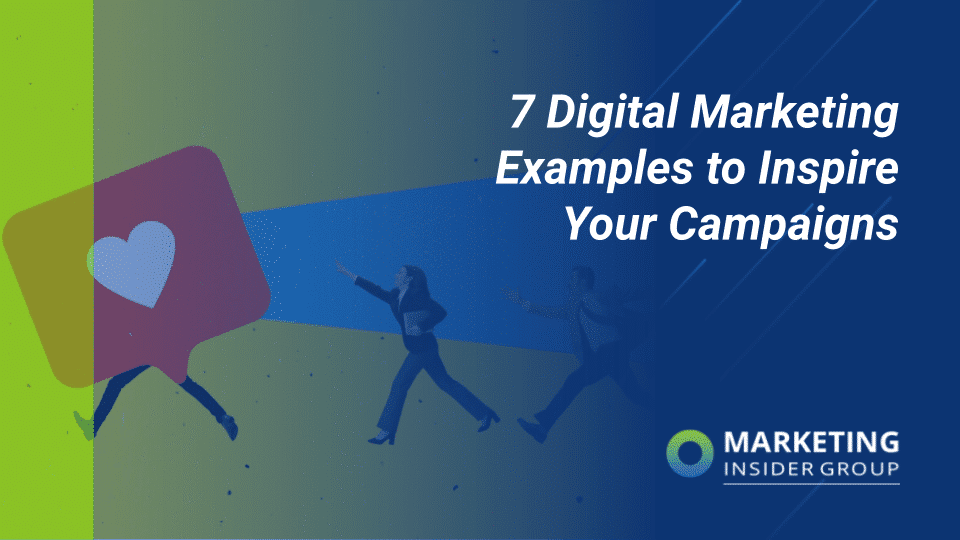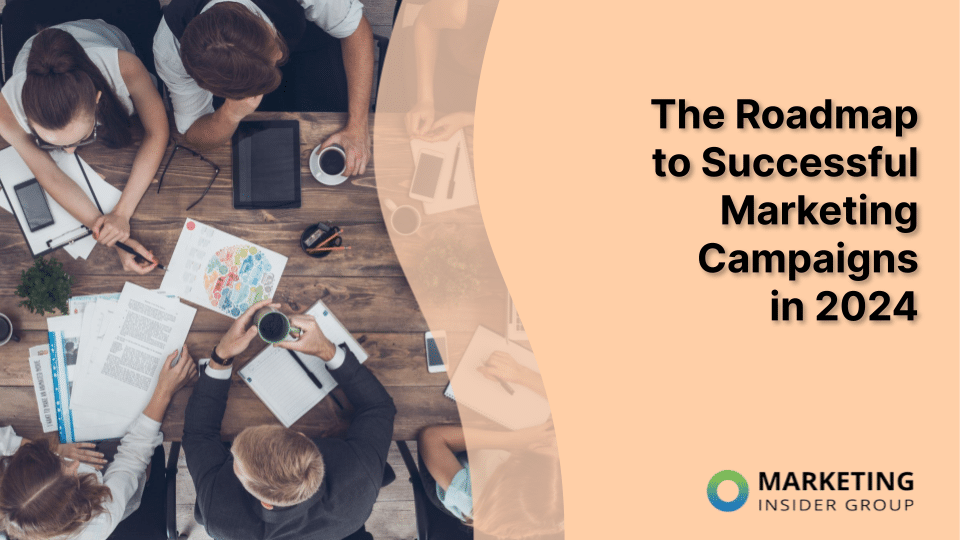
14 Hacks for Improving Your B2B Paid Social Campaigns
Social media is a powerful distribution channel for B2B content. In Q1 of 2023, LinkedIn reportedly grew from 414 million to 433 million users. Despite an alleged peak in Twitter’s user growth, research shows that 59% of Twitter users go to the social platform specifically to consume news content. As social networks continue to grow (in both user base size and amount of content consumption), the case grows stronger for B2B marketers to leverage these platforms to run paid advertising campaigns.
Odds are, you already understand the many benefits of paid social advertising and the role it plays in the B2B content marketing process. What you want to know is how you can tweak your ad content and targeting to improve your campaign’s performance.
From one team of B2B marketers to another, here are a few tried-and-tested tips for improving your next paid social campaign (broken down by platform, of course!).
-
Lead Generation Cards > Promoted Tweets
If your main campaign goal is lead generation or collecting email addresses, then Lead Generation Cards are the way to go on Twitter. Lead Gen Cards work well because they remove the added steps that are created when someone clicks on a link, then is sent to a landing page where they have to fill out a cumbersome form if they’re interested in your company’s offering.
-
Set your attribution window
Proper attribution is an absolute must when optimizing your campaigns. On Twitter, you can set attribution windows (i.e., the amount of time between an interaction with your campaign on Twitter and a conversion) for both post-engagement and post-view conversions. The default attribution window for Twitter campaigns is 30 days – we’d recommend minimizing your attribution window to 10 days so your attribution is as accurate as possible.
-
Embrace the power of the universal tracking pixel
Speaking of conversion tracking, make sure you have your Twitter conversion tracking pixel up on as many pages as possible (especially mobile pages). Not only will this ensure that you’ll be recording all of your conversion data, it will also allow you to build effective tailored audiences for retargeting.
-
Hashtags = an event campaign’s #bestfriend
If you’re setting up a Twitter campaign to promote an event (encourage registrations, drive booth traffic, etc.), include event-related hashtags in your targeting. Depending on the size of the event, your overall number of impressions might be lower, but we’ve found this to be a hugely effective way to see results for hyper-targeted event campaigns.
-
Target by Groups and Skills
If you’ve had feelings of frustration at the targeting options on LinkedIn, you’re not alone. For our audience (which consists primarily of B2B marketers), we’ve found that including both Groups and Skills in our targeting seems to yield the highest-quality leads. This is likely because targeting options like Job Title, Job Function, and Job Seniority can widely vary from company to company, and LinkedIn users actively choose to join groups and include skills on their profile. Keep in mind that LinkedIn requires your audience size to be at least 1,000 people, so this targeting tip can come in handy if you’re trying to reach a large company as part of an account-based marketing initiative.
-
Nix Text Ads
Regardless of our LinkedIn campaign goals, we’ve seen far better results by promoting posts over using the Text Ads. This is likely because promoted posts – especially those with large images – take up more real estate on the LinkedIn timeline, and easily stand out against LinkedIn’s blue-gray color scheme.
-
Monitor your ad rotation
The LinkedIn ad platform will automatically optimize your campaigns by showing your best performing ad more in your ad rotation. You might be perfectly satisfied with this auto-optimization, but know that you can edit your campaign to have each of your ads show evenly so your audience won’t see the same messaging over and over again.
-
Figure out tracking
Unlike Twitter and Facebook, LinkedIn doesn’t offer a conversion pixel for your site, making it more difficult to track conversions. A couple of effective workarounds for tracking conversions on LinkedIn are to set up Goal Tracking in Google Analytics and/or use UTM tracking.
-
Send contacts straight to your CRM
Like Twitter’s Lead Gen Cards, Facebook’s Lead Ads eliminate the extra steps involved when you send someone out to a landing page – and that’s not even the best news for B2B marketers. You can also integrate these forms with your CRM or contact database, sending these emails straight into your marketing automation programs, ready to be nurtured!
-
Leverage all the text space you have
Facebook has tight restrictions on the amount of text used in ads (in both the text areas via character limitations and on images). Leverage and optimize all of the different areas you can include text on your Facebook ad (e.g., the link description and caption) so your message is loud and clear.
-
Watch your Relevance Score
Facebook introduced relevance score to help marketers optimize their campaigns, so this number shouldn’t be ignored. A relevance score of 6-7 (out of 10) means your ad is performing well. If your score starts to drop, try refreshing the copy or creative, or refining your targeting.
Miscellaneous
-
Consider your list match rate
When uploading a list of business emails to created a tailored/custom audience on Twitter and Facebook, don’t be surprised by a potentially low list match rate. Matching emails to accounts can be an issue for B2B marketers because people often use their personal email accounts to sign up for social media (instead of their business accounts). One possible workaround: send an email to your list of business emails to a landing page with a tracking pixel, build a web audience and set up a retargeting campaign.
-
Exclusions are just as important as inclusions
One of the best optimization tips for any campaign is to include exclusions in your targeting criteria so that your ads don’t reach irrelevant people. For example, if you have a retargeting pixel set up on your “thank you” page, be sure to exclude the list collected from this page from your campaign so you don’t waste budget advertising to those who have already converted.
-
Think of the bigger picture
Regardless of the platforms and types of ads you choose to run, your campaign always needs to be part of your overarching marketing strategy. This could mean it’s part of a bigger campaign or messaging push, or that you have plans to leverage the data from your ads to learn more about your audience – whatever the case, ensure the campaign is delivering more value for your business than simply generating a few one-off leads.
Getting a handle on paid social campaigns can be tricky for B2B marketers. Have you learned any quick tips in your paid social endeavors? Share them in the comments!






